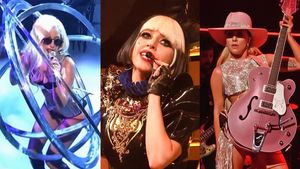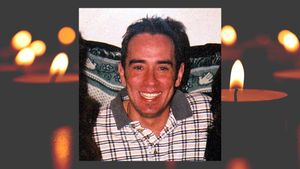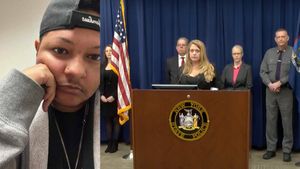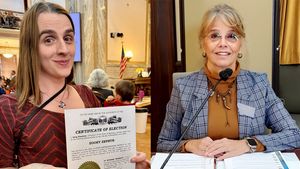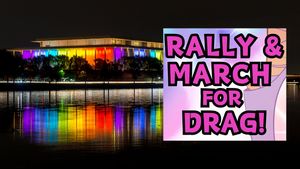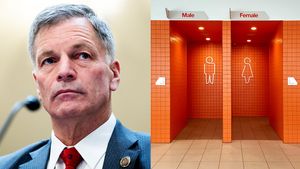The nation is once again divided alone the fault line of race. In a perceived 2013 post-racial society, however, William Faulkner's prophetic quote "The past is never dead. It's not even past," has come back to haunt us in this century. Faulkner’s quote resonates now more than ever following the George Zimmerman verdict.
The story, as you well know by now, is that Zimmerman, a volunteer neighborhood watchmen of a Florida community, was acquitted of all charges—murder and manslaughter—related to Trayvon Martin. Zimmerman's actions resulted in the fatal shooting of Martin, a 17-year unarmed black teenager. Zimmerman perceived Martin to be a suspect because he was wearing the signature piece of clothing that some associate with violent young black males—a hoodie. And he was not only wearing it but also "walking while black" in a gated community.
With no one of African descent—male or female—serving on the jury the nation has shown to be neither colorblind with an all-white jury nor with a post-racial with one. And the notion that an all-white female jury would render a fairer outcome than an all-white male jury assumes racial bias that is gender-specific.
Just as racial bias isn't gender-specific, it is also not race-specific. Zimmerman, who identifies as Hispanic, is of a mixed ethnic descent (Peruvian mother and Jewish father). The question many continue to ask is whether Zimmerman was motivated by racism because he, too, is a person of color. Was Zimmerman racially profiling Trayvon?
Racial, gender, gender-expression, and all the other biases float freely through society—landing on all. Just because you're a person of color or a member of an oppressed group it doesn't mean you don't buy into stereotypes and racial and cultural attitudes. These themes inform our judgments and actions toward others as well as your own group. Case in point: Supreme Court Justice Clarence Thomas.
The bombardment of stereotypes has proven to have both subtle and unintended consequences toward people of different races, ethnicities, sexual orientation, class, and religions, to name just a few. It’s not just regular people who succumb. Geraldo Rivera, a renowned Latino, stated that Trayvon wearing a hoodie was "as much responsible" for his death as Zimmerman’s pistol. Rivera later recanted.
A young man has become the symbol of the horrific result of such stereotyping, and is fast becoming the symbol for a movement. Just as Matthew Shepard’s death galvanized a nation, Trayvon Martin’s death is doing the same.
In 1998 both James Byrd Jr., and Matthew Shepard were victims of bias-motivated crimes. Byrd, an African American was murdered by three white supremacists who chained him to the back of their pick-up truck at his ankles and dragged along a three mile asphalt road until he was dismembered. Shepard was tortured, tethered to a fence and left to die because he was gay.
The Matthew Shepard and James Byrd Hate Crimes Prevention Act, also known as the Matthew Shepard Act, was passed. The measure expanded the federal hate-crimes law to include crimes motivated by a victim's actual or perceived race, gender, gender identity, and sexual orientation, to just name a few.
With Florida's Stand Your Ground permitting Zimmerman to walk without charges, the Shepard-Byrd statute not only reminds us of how bias-motivated crimes links gays and blacks together but that it’s the best hope for Trayvon Martin and his family seeking justice.
Like SheWired on Facebook
Follow SheWired on Twitter



























































